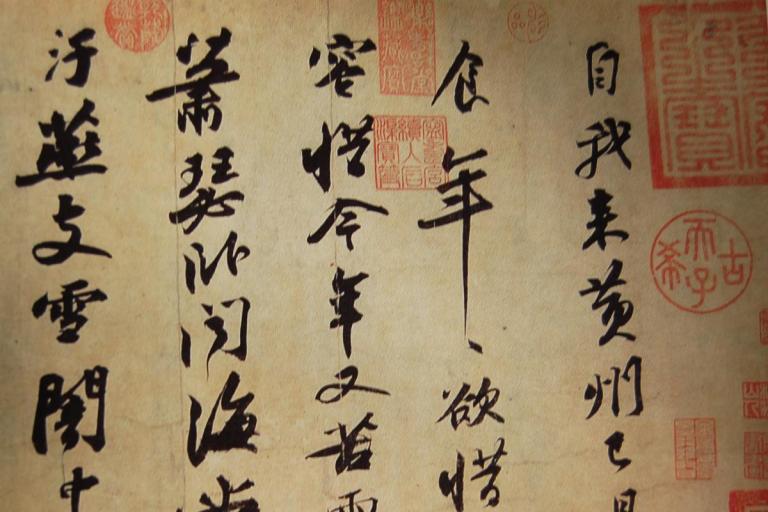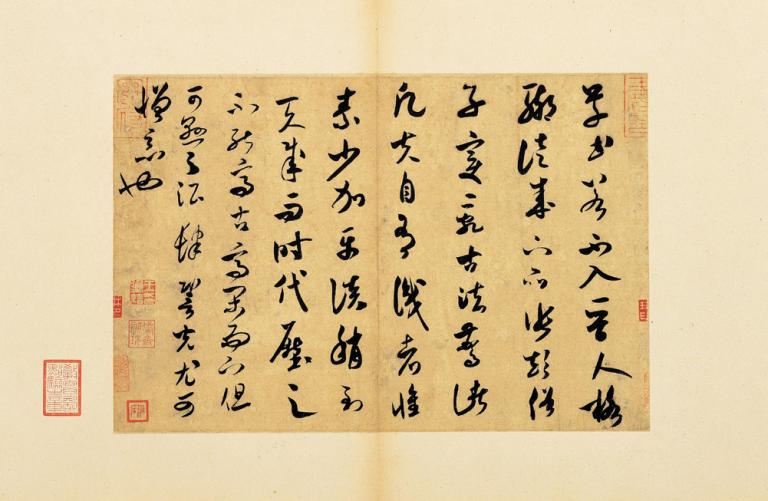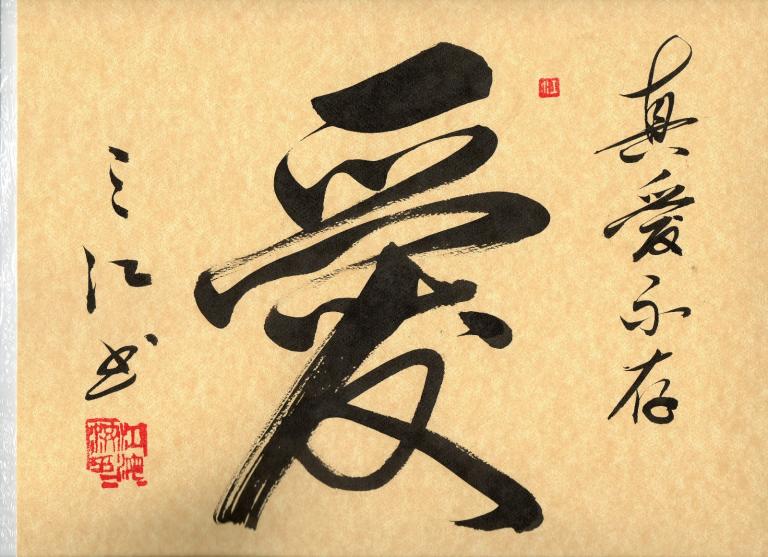Chinese Calligraphy
3 min readBefore we review Chinese calligraphy history,it is necessary to first take a look at the origin of Chinese characters.There is no verifiable evidence about how the Chinese characters came into being.One legend says that Cang Jie(cang)invented written characters.Then calligraphy gradually grew in popularity as people found a beautiful way to write.Evidently,legend is no truth,and characters couldn’t be invented by a single person.It is only the masses of people that could make the invention to meet the needs of their lives over a long span of time.

From the Dawenkou Culture(4300-2500BC)relics unearthed in Shandong Province,people found symbols,resembling the objects.These symbols are thus called pictographs,which are the foundations of ideograms.The style of Chinese calligraphy has evolved continually over the past thousands of years.Oracle-bone Script is the oldest form of Chinese writing.The characters were carved on turtle shells and ox bones.Most of the characters are pictographs,and the strokes and their corresponding positions are not fixed.
Before the unification of China,Large-seal Script was popular.Qin Shihuang,the first emperor of China,unified the written forms of Chinese.This unified form is Smal-seal Script.
Large-seal Script and Small-seal Script are two stages of Seal Script,called Zhuan Shu.
The two styles are not distinguished from each other by size.The former is more like the Oracle bone Script,and the latter is simpler than the former,stressing a slender and neat font.Generally speaking,the Seal Script has many strokes and is complicated in writing.People nowadays find it very difficult to recognize.
After the Seal Script,a simplified type of form was developed and thrived most in the Han Dynasty,this was Official or Clerical Script,called Li Shu.The Official Script has a much neater form than the Seal Script and varies from the round style to a flat one.The script features an outward flaring shape of the right and left downward slanting strokes.The characters tend to be short and wide.Strokes are not steady,going from thick to thin to thick in one pass of the brush.

Regular or Standard Script,called Kai Shu,was developed at the end of the Han Dynasty,and reached its peak in the Tang Dynasty.As its name indicates,the Regular Script features standard strokes and rigorous rules,turning the flat style into a square one.Strokes are steady without wavy lines.It is considered the most legible form of writing and is also one of the most influential types in modern society.When first practicing calligraphy,it is helpful to begin with Standard Script since its structure is regular and easy to handle and practice.
Cursive Script,called Cao Shu,was widely practiced in the Eastern Han Dynasty.
Cursive Script has two branches,one is Zhang Cao and the other is Jin Cao. The former is the Official Script written at a very quick speed and invented by the people of lowerclasses.Zhang Cao is similar to Official Script in form.It has simple links between consecutivestrokes,but individual characters are separated in space without any connections.In addition,it keeps the wavy strokes.Jin Cao is considered the fast writing of the Regular Script.It maintains only the essence of each character and embodies writers’personalities.Compared with Zhang Cao,Jin Cao has a more flexible writing form and is mostly for appreciation instead of practicality.The flow of the lines and rhythm of the brushes create abstract beauty.The Cursive Script has irregular forms,with some strokes linking together,or part of strokes or some whole strokes omited.Though fully exhibiting writers’personalities,it is hard to recognize.Thus a new type of script,Running Script,called Xing Shu ,gradually gained popularity.Running Script is a type between the Regular Script and Cursive Script.It is looser than the Regular Script and has more connections between consecutive strokes.It is a script combining regularity with practicality,fully revealing the traditional middle-of-the-road theory of the Chinese(the Doctrine of the Mean).Most characters in this style have a slanting font,and the strokes are very smooth.









